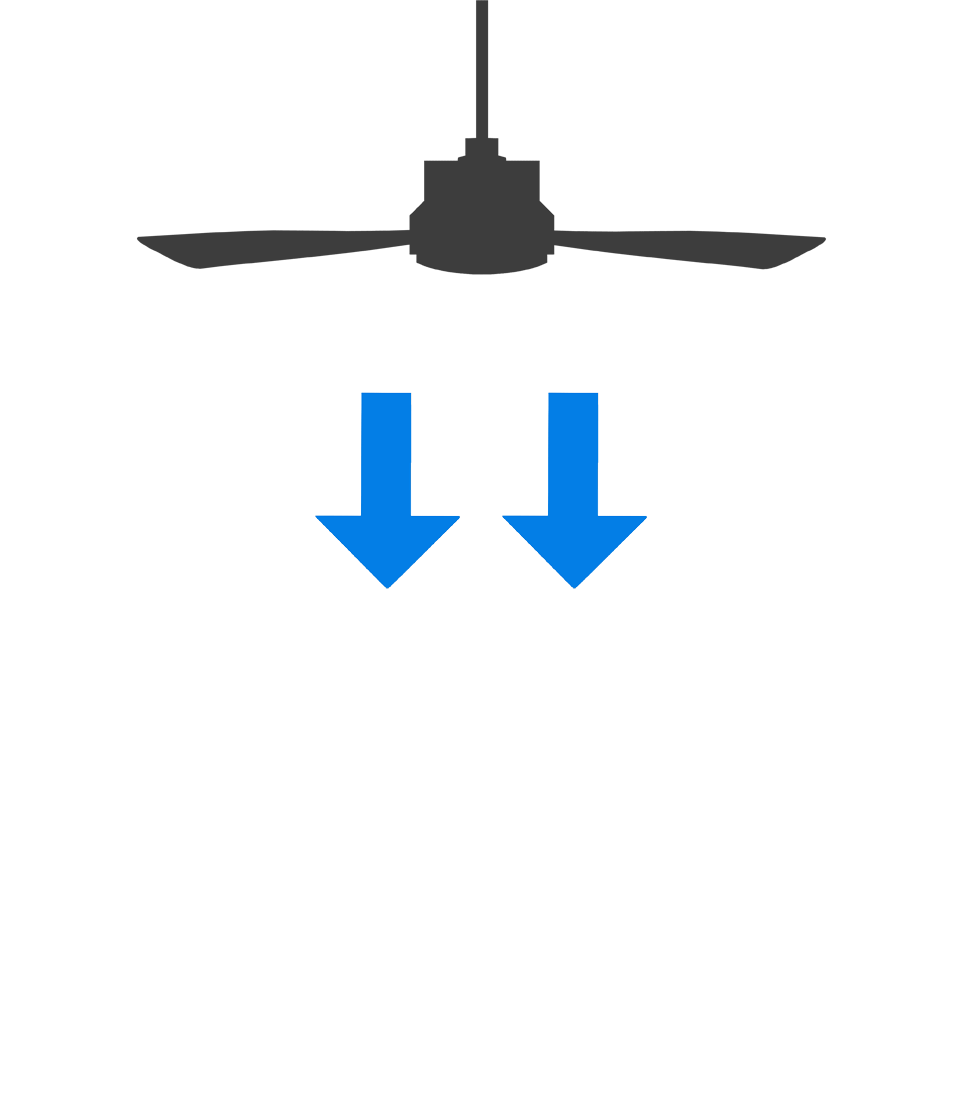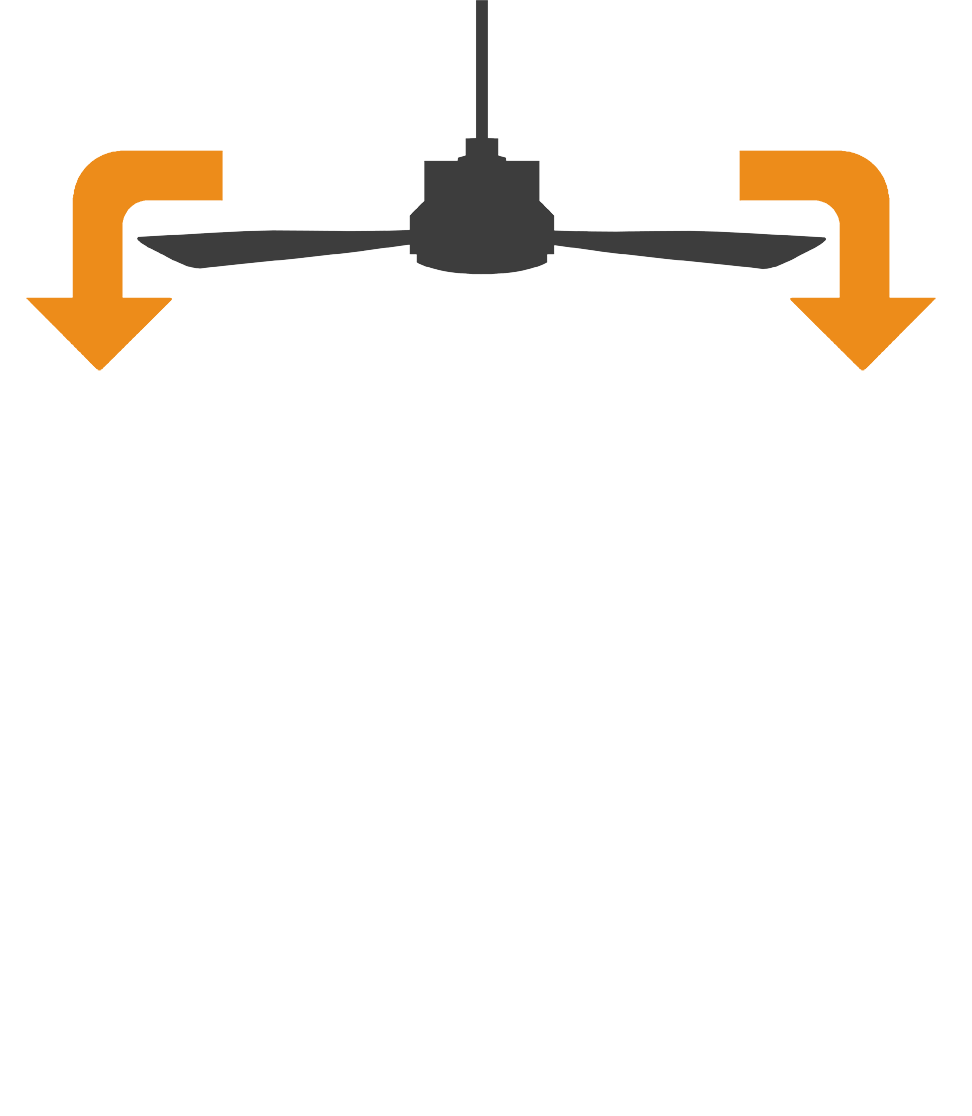
Everyone wants heat relief on a hot summer day. Naturally, the first course of action for many is to switch on an air conditioner (AC). Although primarily using an AC unit to cool your home has a steep price tag. It negatively affects both the environment and your pocketbook. The good news is that Ceiling Fans excel where an AC falls short!
STEEP COST OF AC
Residents of Hamilton and Burlington run their AC between 9 to 12 hours every hot day. An accurate figure of how many watts an AC uses is complex to calculate. Many factors that need to be considered. Such as model type, size and age of the unit, characteristics of your home and how many times the AC unit needs to turn itself on are to name a few. However, on average the energy required to run a 2.5-ton central AC for one hour is 3500 watts. Even a window AC unit takes an average of 1000 watts. That is a lot of consumed energy. Energy that can be significantly decreased by substituting use of AC unit with use of a ceiling fan!
Excessive consumption of electricity has a steep cost. If your AC unit is running non-stop in the summer season, take a look at your first electricity bill and let the sticker shock sink in! Also, consider how it negatively impacts our air, water and land by increasing greenhouse gases and other air pollutants. Then, read on to discover how a ceiling fan may help you conserve electricity and consequently, save you money while preserving our environment.
SAVING COST OF A CEILING FANS
A common ceiling fan is a viable alternative to moderating temperature in your home. In comparison, the energy that a ceiling fan consumes is significantly less than an AC. Its average consumption of energy is 55 watts per hour. Even if your residence has multiple ceiling fans running every hour of every day, making the switch from air conditioning to ceiling fans, or strategically using a ceiling fan in combination with your AC, will have an incalculable effect.
MOVEMENT OF AIR


A ceiling fan cools your residence in hot weather. As you will learn, it also distributes heat in your residence during cold weather. Ultimately, a ceiling fan preserves our non-renewable natural resources and provides us with noticeable savings all year round.
So how does a fan moderate temperature? It does so by movement of air. It cools you down by forcing hot air down and away from you. This triggers evaporation from your skin and makes it feel cooler.
BLADE ROTATION
Most people know that ceiling fans are perfect for turning muggy heat into refreshing breeze. Yet they may not know that a ceiling fan can also be used to help keep you warm. It can force risen hot air from the ceiling back to a lower level where you feel it. The only adjustment needed to change a ceiling fan from cooling to heating agent is to alter the blade rotational direction and its speed.


Especially relevant, fan rotation is affected by its purposely tilted blades. On a warmer day, a counter-clockwise and higher rotational speed will cool the air beneath it. Where a clockwise and steady low speed pulls warm air back down keeping you nice and toasty on a cold day.
For year-round savings on your electricity bill and the opportunity to decrease your ecological footprint, install one or more ceiling fans in your home. Call Kirsch Electric today schedule a free consultation.
